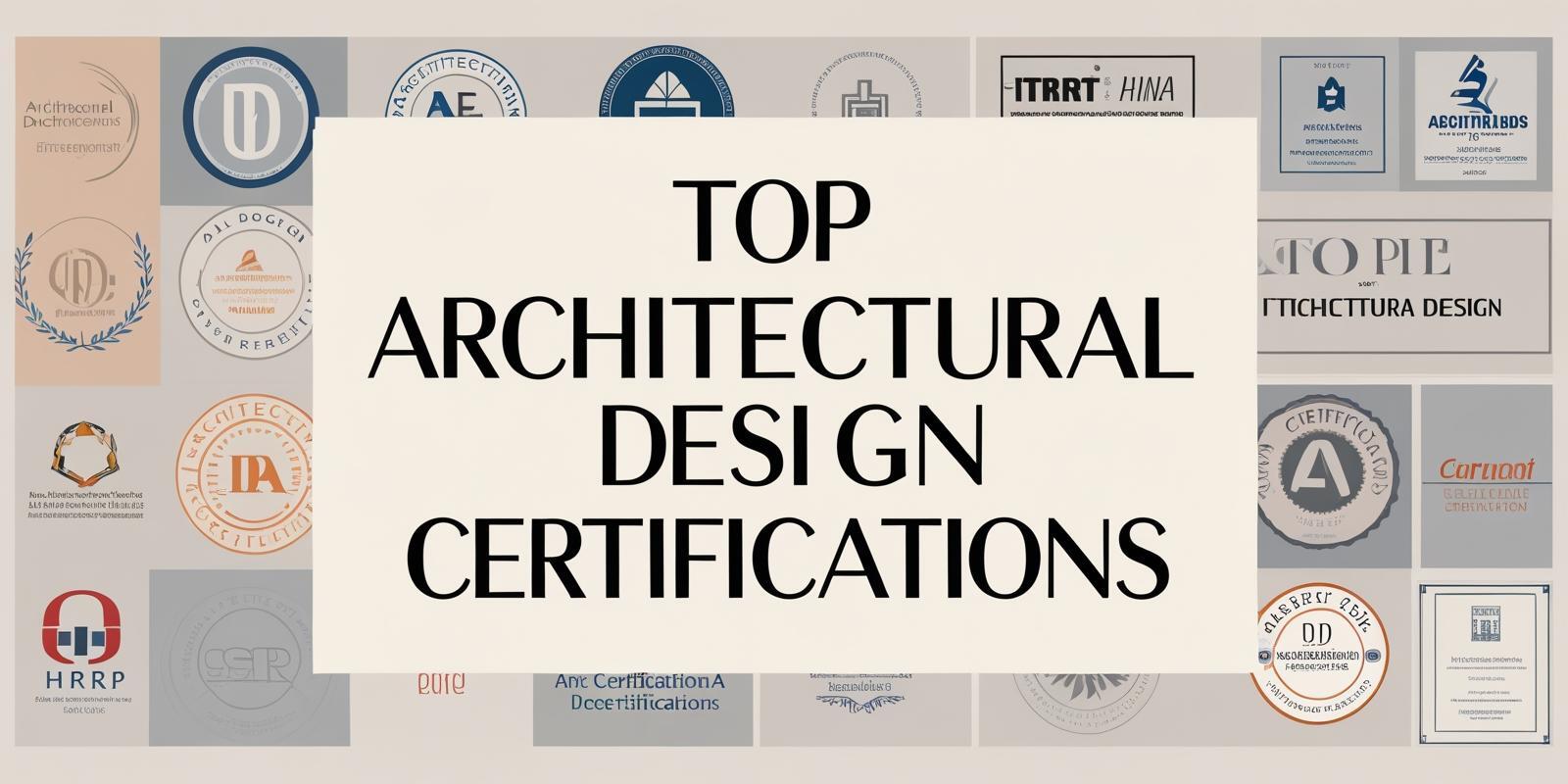
Walking down the stairs after collecting your B.Arch degree at your convocation, hearing the congratulations and cheers from your batchmates, and looking at the proud faces of your loved ones…you feel happy, you feel accomplished, but that feeling lasts only for a moment or two.
Because then the bell rings, “Welcome to the job market”- a brutal battle wages within as the qualifications and requirements for becoming a skilled architect are far more than your degree has to offer, so the question, “What Now? What After B.Arch?”
If this question lingers on the tip of your tongue, too, then you have stumbled across the right blog. Here we will discuss all (most of) the career options available post B.Arch, and for those who aim to go on for higher studies, we also have you covered.
Career Options After B.Arch
So, you’ve made it through the late nights, model mishaps, and juries that felt like courtroom dramas. You’ve earned your B.Arch degree. Congrats! But now what?
The logic of choice depends on your particular needs. Here is a curated list of career options available to you fresh out of college!
1. Job Opportunities
Once you’ve crossed the finish line of your B.Arch degree, the job world opens up in more ways than one. Whether you see yourself working at a bustling design studio, contributing to public infrastructure, or trying something a little offbeat, there’s something out there for every kind of architect. Let’s break it down.
Private Firms
Most fresh graduates start their careers by joining private architecture or design firms. These jobs allow you to work under experienced architects, handle real-world projects, and learn the ropes of client handling, budgeting, and execution.
Here are a few roles you can explore in private firms:
- Junior Architect: Assist in design development, presentations, and drafting.
- Architectural Designer: Focus more on the creative design aspects of a project.
- 3D Visualiser: Bring concepts to life using rendering software like SketchUp, Lumion, or V-Ray.
- BIM Modeller: If you’re trained in BIM, you can help build smarter digital models for complex projects.
Top firms like AECOM, Morphogenesis, and Studio Lotus often hire fresh graduates. Upskilling in software like Revit, Rhino, and AutoCAD can give you a competitive edge.
Government Jobs
If job stability and serving the public interest appeal to you, government roles are worth considering. Though competitive, these jobs offer security, fixed work hours, and the chance to work on impactful, large-scale infrastructure and urban planning projects.
You can apply for positions in:
- Public Works Department (PWD)
- Municipal Corporations
- Urban Development Authorities
- Indian Railways (through UPSC/SSC)
- ISRO, DRDO, and other PSUs
You may start as an Assistant Architect or Junior Architect, and with experience, grow into senior roles. Most of these require clearing competitive exams, so be prepared to put in some extra effort post-B.Arch.
Salary and Pay Scale
Based on Sectors:
|
Sector |
Salary Range |
|
Government |
INR 4,00,000 - INR 6,00,000 |
|
Private |
NR 3,00,000 - INR 8,00,000 |
Based On Roles:
|
Role |
Salary Range |
|
Urban Planning |
INR 5,00,000 - INR 9,00,000 |
|
Landscape Architecture |
INR 4,50,000 - INR 8,00,000 |
|
Interior Architecture |
INR 4,00,000 - INR 7,50,000 |
|
Sustainable Architecture |
INR 5,50,000 - INR 10,00,000 |
|
Construction Management |
INR 6,00,000 - INR 12,00,000 |
|
Residential Architecture |
INR 4,00,000 - INR 7,00,000 |
|
Commercial Architecture |
INR 5,50,000 - INR 10,00,000 |
|
Historic Preservation |
INR 4,00,000 - INR 7,00,000 |
|
3D Modeling/Visualisation |
INR 4,50,000 - INR 8,00,000 |
Based on Experience:
|
Experience Level |
Salary Range |
|
Fresh Graduate (0-2 years) |
INR 3,00,000 - INR 5,00,000 |
|
Mid-Level (2-5 years) |
INR 5,00,000 - INR 8,00,000 |
|
Senior (5-10 years) |
INR 8,00,000 - INR 12,00,000 |
|
Expert / Principal (10+ years) |
INR 12,00,000 - INR 20,00,000+ |
|
Freelancer / Consultant |
INR 4,00,000 - INR 15,00,000+ |
2. Scope for Higher Studies
Not quite ready to enter the workforce yet? That’s completely okay. Many architecture graduates choose to pursue higher studies to specialise, switch fields, or deepen their understanding of a niche they discovered during college. Whether you're aiming for a master's degree or looking to quickly upskill through a short-term course, there are plenty of paths to explore.
Masters
Source: Architects at work
A Master’s degree helps you dive deeper into a specific area of interest and often opens up more senior or specialised roles. Depending on your career goals, here are a few popular options:
- M.Arch (Master of Architecture): Ideal if you want to deepen your design thinking or focus on a particular domain like sustainable architecture, urban design, or interior architecture.
- M.Plan (Master of Planning): Great for those interested in urban planning, regional development, or transport planning.
- M.Des (Master of Design): Perfect if you're leaning toward product design, interaction design, or visual communication.
- M.S. in Construction Management: If you're interested in the technical, environmental, or managerial aspects of architecture.
Pursuing a master's from institutions abroad can also give you global exposure and a fresh perspective on architectural practices.
Tech-Driven Short-Term Courses
Not everyone wants to spend another two years in school, and that’s where short-term courses come in. Fast, focused, and often cohort-based, these courses are designed to make you job-ready with in-demand industry skills.
Courses in the following areas can be beneficial:
- Building Information Modeling (BIM)
- Parametric Design (Grasshopper, Rhino)
- Sustainable Design Tools (ClimateStudio, Ladybug)
- UX/UI and Spatial Experience Design
How Can Novatr Help?
Feeling like your B.Arch degree didn’t quite prepare you for the real-world hustle? You’re not alone, and that’s exactly where Novatr steps in.
Their BIM Professional Course for Architects is a tech-forward, cohort-based program built for freshers and professionals alike. You’ll get hands-on training in tools like Revit, Navisworks, and Dynamo, learn directly from global industry experts, and even build a portfolio that stands out.
Whether you're aiming for better job prospects or a complete career leap, Novatr helps you bridge the gap between what you learned and what the industry needs.
Conclusion
And there you have it. Answers to the ever-echoing “What after B.Arch?” Whether you dream of designing skylines, conserving heritage, diving into digital design, or pursuing higher studies, the road ahead is yours to shape. The degree may have laid your foundation, but your skills will build the structure.
If you're feeling under-equipped for the demands of the real world, platforms like Novatr can help bridge the gap. With industry-relevant courses in BIM, parametric design, and more, Novatr equips you with the tools that today’s top firms look for.
So take a deep breath. The “What now?” isn’t a dead end. It’s your cue to begin building again, this time, on your terms.
Also at Novatr, we're committed to transforming AEC education to meet that future.
- Visit the Novatr Homepage to understand our mission in transforming AEC education.
- Browse through our Courses Page to find specialised programs tailored for architects and designers.
- Dive into the Learning Hub for in-depth insights, industry trends, and expert resources to stay ahead in the field.
Don't just admire the future of architecture, help build it.
FAQs
1. Does architecture require creativity?
Yes, architecture heavily relies on creativity. Architects must imagine and design spaces that are functional, aesthetic and innovative. Creativity helps in solving problems, adapting to client needs, and incorporating sustainable solutions, making it one of the most important skills in the field of architecture.
2. What is the average salary of an Architect?
The average salary of an architect in India ranges from ₹3 to ₹6 LPA for freshers. With experience and specialisation, it can rise significantly, often exceeding ₹10–12 LPA. Salaries vary based on location, firm reputation, and additional skills like BIM, sustainability, or design software.
3. Which fields are best for architecture?
Some of the best fields in architecture include urban design, sustainable architecture, interior design, landscape architecture, and heritage conservation. Emerging areas like parametric design, computational architecture, and BIM (Building Information Modeling) are also gaining popularity for their relevance in today’s design landscape.
4. What are the jobs I can apply for after B.Arch?
After B.Arch, you can apply for roles like Junior Architect, Urban Planner, Interior Designer, Landscape Architect, BIM Coordinator, or Architectural Visualiser.
5. How do I start a career in designing after the 12th standard?
To start a design career after 12th, choose a relevant undergraduate program like B.Des, B.Arch, or BFA, depending on your interests. Appear for entrance exams like NID, NIFT, or UCEED. Build a strong portfolio and explore internships to gain early industry exposure.
6. Who can apply for the design entrance exams?
Students from any stream (Science, Commerce, or Arts) who have completed their 12th standard or equivalent can apply for most design entrance exams. Some exams, like UCEED or NID DAT, may have specific age or academic criteria, so checking individual eligibility is essential. For architecture, admission to B.Arch requires completing 10+2 with PCM and clearing entrance exams like NATA or JEE Paper 2.
7. Can I get a job in the USA from India after B.Arch?
Yes, but it’s challenging as most U.S. architecture jobs require a NAAB-accredited degree, internship, and license. You may need further studies (like M.Arch) or an H-1B visa. Moreover, international experience and strong portfolios might boost your chances.
8. Which are the top colleges to pursue B.Arch from abroad?
Top international colleges for B.Arch include MIT (USA), University of Cambridge (UK), ETH Zurich (Switzerland), Delft University of Technology (Netherlands), and University of Melbourne (Australia).
9. What is the minimum qualification required to be an Architect?
In India, the minimum qualification is a B.Arch degree from a COA-approved institution. You must also register with the Council of Architecture (COA) to legally practice.
10. What is the salary package for a B.Arch fresher?
A B.Arch fresher in India typically earns between ₹3 LPA to ₹6 LPA, depending on location, firm size, and skills.
11. What are the top private colleges offering the B.Arch course?
Top private B.Arch colleges in India include Manipal University, Sushant School of Art and Architecture (Gurgaon), and SRM Institute of Science and Technology (Chennai).
12. What are the top government colleges offering the B.Arch course?
Top government B.Arch colleges in India include IIT Kharagpur, IIT Roorkee, and the School of Planning and Architecture (Delhi, Bhopal, Vijayawada).
Was this content helpful to you











.jpg)

